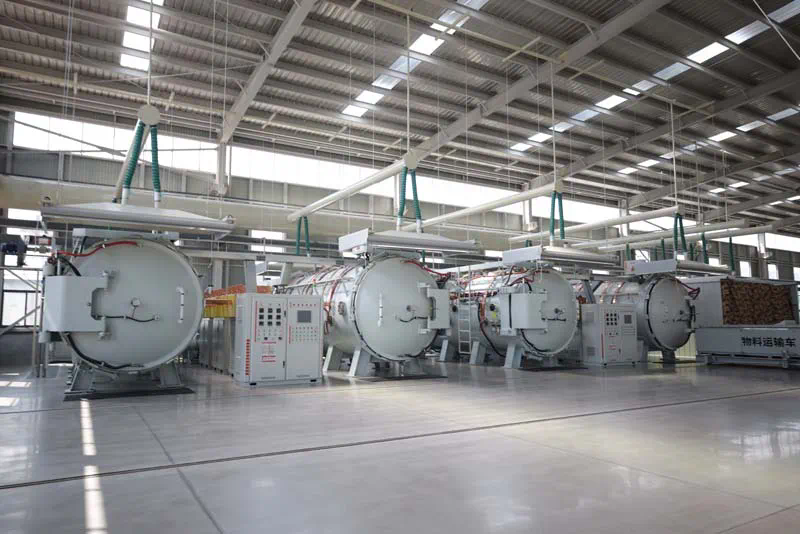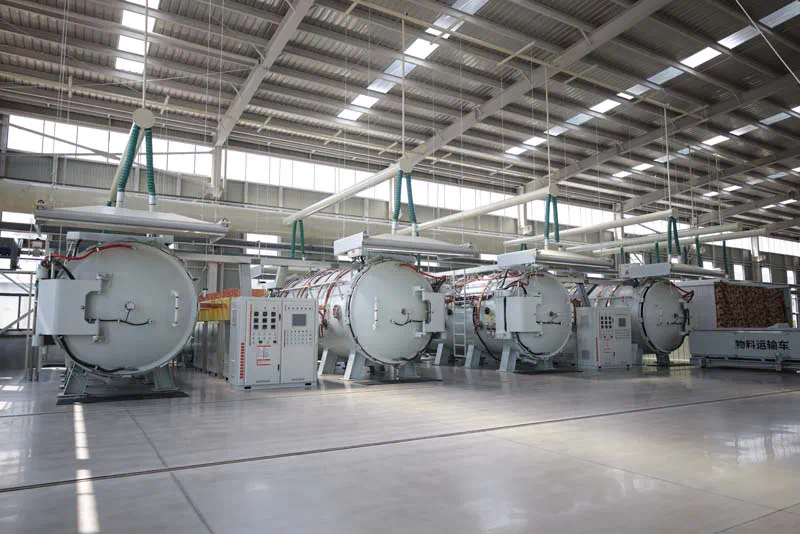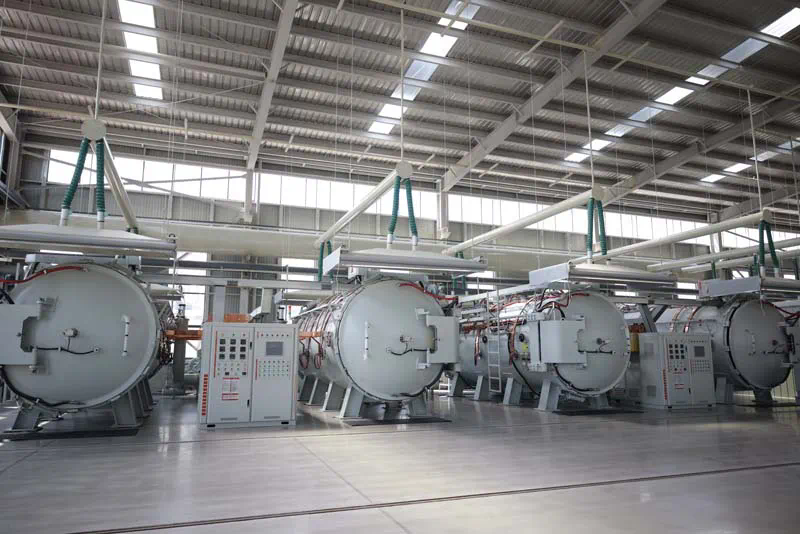Innovations in Silicon Carbide Manufacturing for Industrial Applications
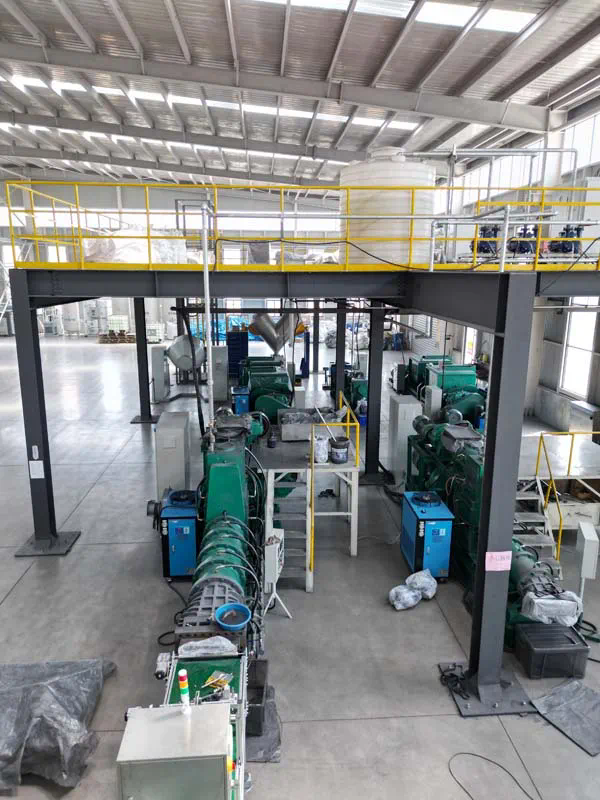
Silicon carbide (SiC) has emerged as a pivotal material in various industrial applications due to its exceptional thermal conductivity, wide bandgap, and mechanical strength. The advancements in SiC manufacturing techniques have significantly enhanced its utility across sectors such as electronics, automotive, and renewable energy. This article explores the innovations in silicon carbide manufacturing, focusing on processes, applications, and future directions.
The Importance of Silicon Carbide
Silicon carbide is an inorganic compound composed of silicon and carbon. Its properties make it suitable for high-temperature and high-voltage applications. With a bandgap of approximately 3.3 eV, SiC devices can operate at higher temperatures and voltages than traditional silicon devices. As industries increasingly demand efficient and reliable materials, SiC has gained traction in sectors like power electronics, where it helps enhance performance and efficiency.
Recent Innovations in SiC Manufacturing Processes
1. Crystal Growth Techniques
The quality of silicon carbide crystals directly affects the performance of SiC devices. Recent innovations in crystal growth techniques have significantly improved the purity and structural integrity of SiC wafers. Techniques such as physical vapor transport (PVT) and chemical vapor deposition (CVD) have been refined to produce larger and higher-quality crystals.
PVT, for instance, allows for precise control over temperature and pressure, resulting in fewer defects and better crystal uniformity. CVD methods have also advanced, enabling the production of high-purity SiC films that are essential for device fabrication.
2. Wafer Fabrication Advances
The transition from traditional silicon wafer fabrication to SiC wafer processing has required significant adaptations in manufacturing equipment and techniques. Innovations in wafer slicing and polishing technologies have improved the surface quality of SiC wafers, reducing the number of defects that can impact device performance.
Moreover, advances in ion implantation and etching processes have facilitated the development of complex SiC structures. These innovations enable manufacturers to create high-performance transistors and diodes that can withstand extreme operating conditions.
3. Packaging Technologies
As SiC devices become more prevalent, the packaging technology that protects these components plays a critical role in their overall performance. Recent developments in packaging materials and designs have focused on enhancing thermal management, electrical insulation, and mechanical stability.
Innovative packaging solutions, such as direct bond copper (DBC) substrates, have emerged to provide superior heat dissipation and reliability for SiC-based power modules. These advancements ensure that SiC devices can operate efficiently in demanding environments, contributing to their widespread adoption.
4. Automation and Process Control
The integration of automation and advanced process control systems in SiC manufacturing has led to significant improvements in production efficiency and yield. By employing machine learning algorithms and real-time monitoring, manufacturers can optimize the manufacturing process, reduce waste, and ensure consistent quality.
Automated inspection systems equipped with advanced imaging technologies help detect defects early in the manufacturing process, minimizing the risk of costly recalls and rework. These innovations not only enhance productivity but also lower the overall cost of SiC devices, making them more accessible to a broader range of applications.
Applications of Silicon Carbide in Industry
1. Power Electronics
One of the most significant applications of silicon carbide is in power electronics. SiC devices, such as MOSFETs and Schottky diodes, are increasingly used in high-voltage and high-frequency applications. Their ability to operate at higher temperatures and voltages enables more compact and efficient power conversion systems.
In renewable energy systems, SiC technology is instrumental in improving the efficiency of inverters used in solar and wind energy applications. The high efficiency of SiC devices reduces energy losses, leading to lower operating costs and improved system performance.
2. Electric Vehicles
The automotive industry is rapidly adopting silicon carbide technology to enhance the performance of electric vehicles (EVs). SiC-based power electronics play a crucial role in EV drivetrains, enabling faster charging, longer range, and improved overall efficiency.
By replacing traditional silicon devices with SiC counterparts, manufacturers can reduce the size and weight of power modules, which is vital for the performance and range of EVs. Additionally, SiC technology contributes to the development of advanced driver-assistance systems (ADAS), enhancing vehicle safety and functionality.
3. Aerospace and Defense
In aerospace and defense applications, the need for reliable and high-performance components is paramount. Silicon carbide devices are increasingly being used in radar systems, satellite communications, and other critical applications where performance under extreme conditions is essential.
The robustness of SiC makes it suitable for harsh environments, including high radiation exposure and extreme temperature variations. As the aerospace sector continues to evolve, SiC technology will play a key role in ensuring the reliability and efficiency of next-generation systems.
Future Directions for Silicon Carbide Manufacturing
1. Sustainability Considerations
As industries strive for sustainability, the manufacturing processes for silicon carbide must also evolve. Future innovations will likely focus on reducing the environmental impact of SiC production, including minimizing energy consumption and waste generation.
Research into alternative raw materials and recycling methods for SiC devices is already underway. By adopting more sustainable practices, manufacturers can enhance the appeal of SiC technology while addressing global environmental challenges.
2. Emerging Markets and Applications
The demand for silicon carbide is expected to grow in emerging markets, particularly in renewable energy, electric mobility, and smart grid technologies. As new applications for SiC are discovered, manufacturers will need to adapt their processes to meet the specific requirements of these burgeoning sectors.
Investment in research and development will be crucial for driving innovation and maintaining competitiveness in the SiC market. Collaboration between industry stakeholders, including manufacturers, researchers, and end-users, will facilitate the exploration of new applications and technologies.
3. Integration with Other Materials
The future of silicon carbide manufacturing may also involve integrating SiC with other materials, such as gallium nitride (GaN) and traditional silicon. Such hybrid approaches can leverage the unique properties of different materials to create more efficient and versatile devices.
Research into novel semiconductor silicon carbide nozzles architectures that combine SiC with other materials could lead to breakthroughs in performance and functionality. This integrative approach will likely open new avenues for innovation in power electronics and beyond.
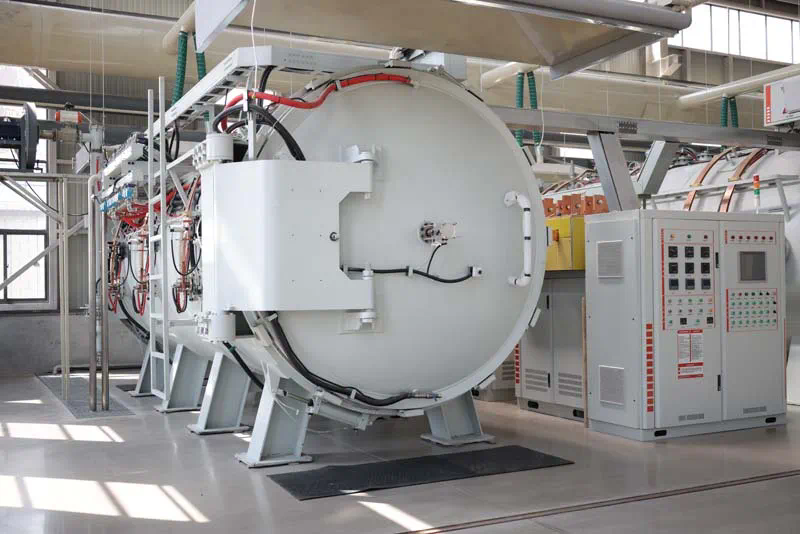
Conclusion
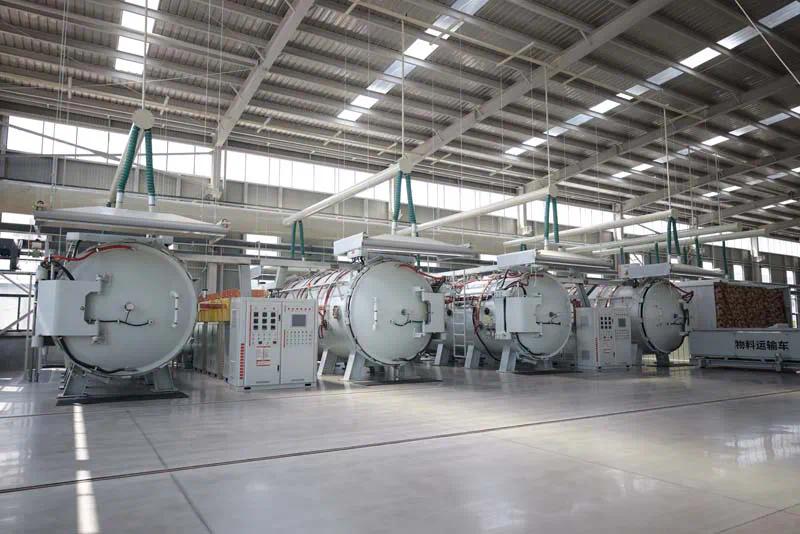
Innovations in silicon carbide manufacturing continue to shape the landscape of industrial applications, driving advancements in power electronics, automotive technology, and aerospace systems. As manufacturing processes evolve and new applications emerge, SiC is poised to play a transformative role in the future of technology. The ongoing commitment to research, sustainability, and integration will ensure that silicon carbide remains at the forefront of industrial innovation, meeting the demands of an ever-changing world.
https://smartfactoryinsights.com/
